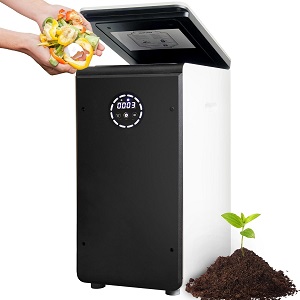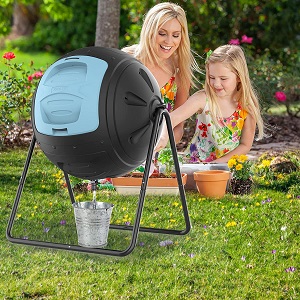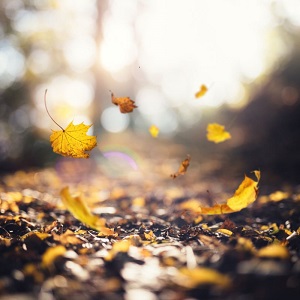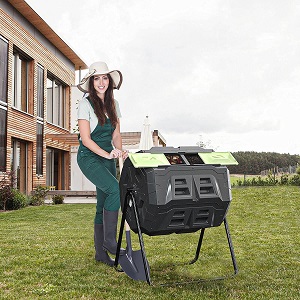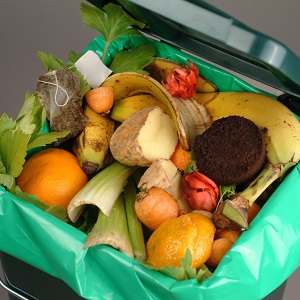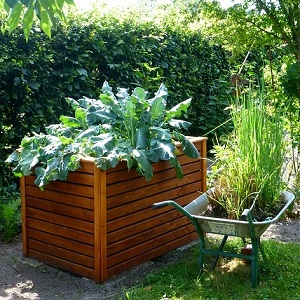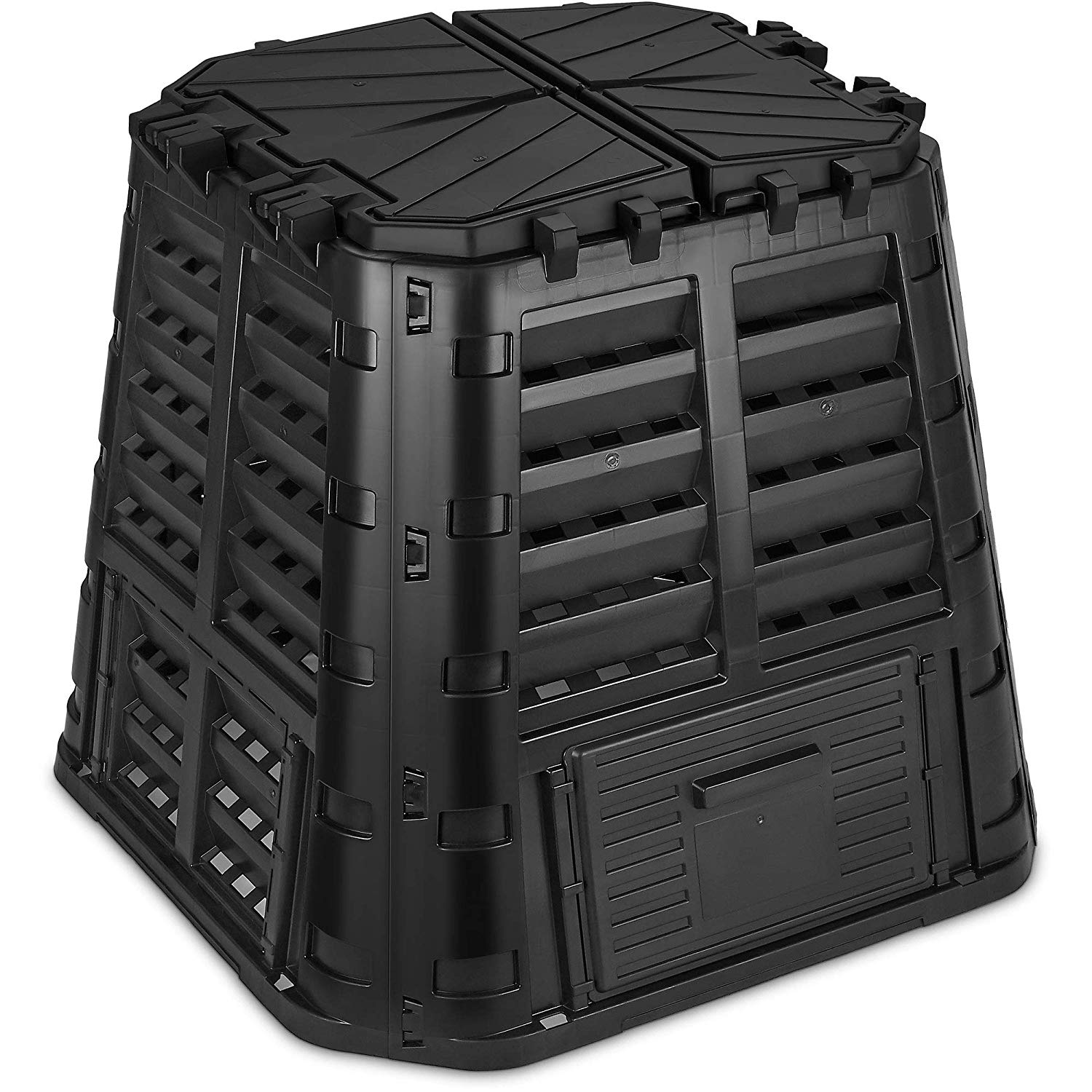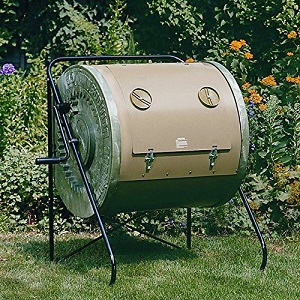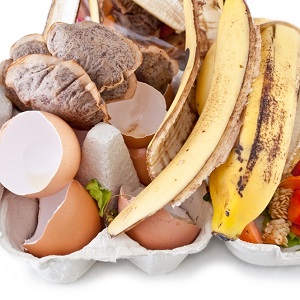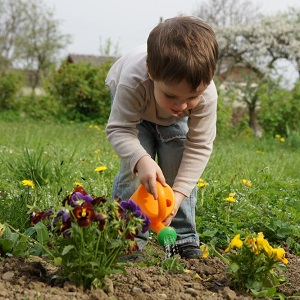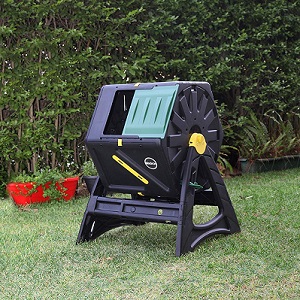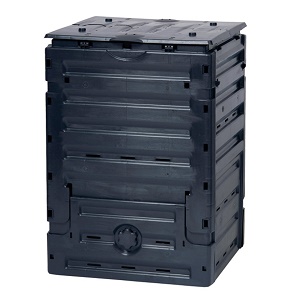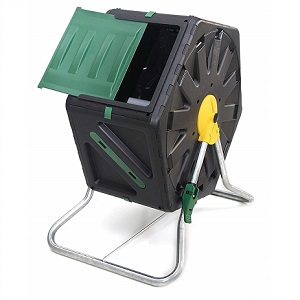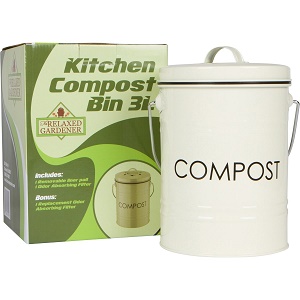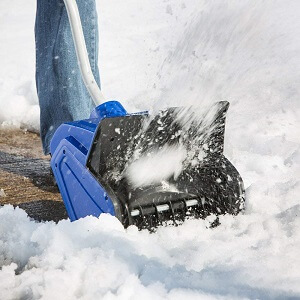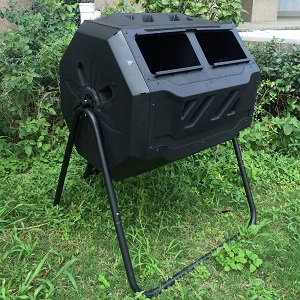Recent Posts
Bio Smart Electric Composter for Kitchen
What is the newest way to compost fruits, vegetables, dairy, and meat scraps and lower your carbon footprint? Then you might like this Bio Smart Electric Composter.
Multifunction Garden Tumbling Composter
Having a composter is essential when removing garden and kitchen waste. Having a multifunction garden tumbling composter will make the job easier.
Fall is Time for Cleaning Up the Garden
When the weather begins to turn cooler in the fall, it is important to clean your lawn thoroughly while fostering new growth. With fall, it is time to look at cleaning up the garden.
Rotating Composter with Green Doors
Your ability to successfully compost will result from the ease with which you can rotate the composter and the good air circulation that is provided by its air holes.
How To Compost In An Apartment
There are many different ways that you can compost in an apartment. There is worm composting as well as using small-sized composters and bins for your kitchen.
Start a Vegetable Garden with Raised Beds
Start a vegetable garden with raised beds and you will find that you will enjoy gardening more. When you plant vegetables using this method, you will make it easier to not only grow the vegetables but take care of them as well.
Soil Saver Composter Review
This Soil Saver Composter saves money by reducing curbside pickup and landfill waste. This garden composter will produce nutrient-rich organic soil to make your plants healthier.
Mantis Compact Tumbler
The Mantis Compact Tumbler has a unique design and is proportioned to expedite the process. The composter is made of rust-resistant galvanized steel.
Composting Basics for a Great Garden
Composting can help keep your garden plants healthy and vibrant. It’s a fascinating process and one that’s essential for a high yield, whether you’re planting flowers, herbs or vegetables.
Have An Effective Garden
Not everyone has the space for a large garden but you can still grow thriving plants in a small plot of land as long as there is a good amount to sunlight.
Miracle-Gro Single Chamber Composter Review
The Miracle-Gro Single Chamber Composter has one large chamber for extra composting convenience. The composter is the perfect solution for anyone with a small yard.
Tierra Garden 79-Gallon Composter Review
The Tierra Garden 79-Gallon Composter turns kitchen waste into rich compost. This composter is constructed from 100-Percent recycled UV-resistant polypropylene.
Miracle-Gro Small Garden Composter Review
Do you have a really small yard or you live in a townhouse and thought you wouldn’t be able to fit a garden composter into the yard? With the Miracle-Gro Small Garden Composter that won’t be a problem.
The Relaxed Gardener Kitchen Compost Bin Review
This attractive kitchen compost bin fits easily under most upper kitchen cabinets or it can be placed under the sink. Great for gathering all your vegetable and fruit scraps to place in your outdoor compost bin.
Getting the Garden Ready for Winter
The first thing to consider is protecting plants that aren’t going to make it through the winter. There are lots to do before the snow arrives so you won’t have a lot of work to do in the spring.
EJWOX Garden Compost Bin Tumbler Review
The EJWOX Garden Compost Bin Tumbler has a dual chamber for composting. You will be able to fill one side while the other is close to the end of the composting process.

